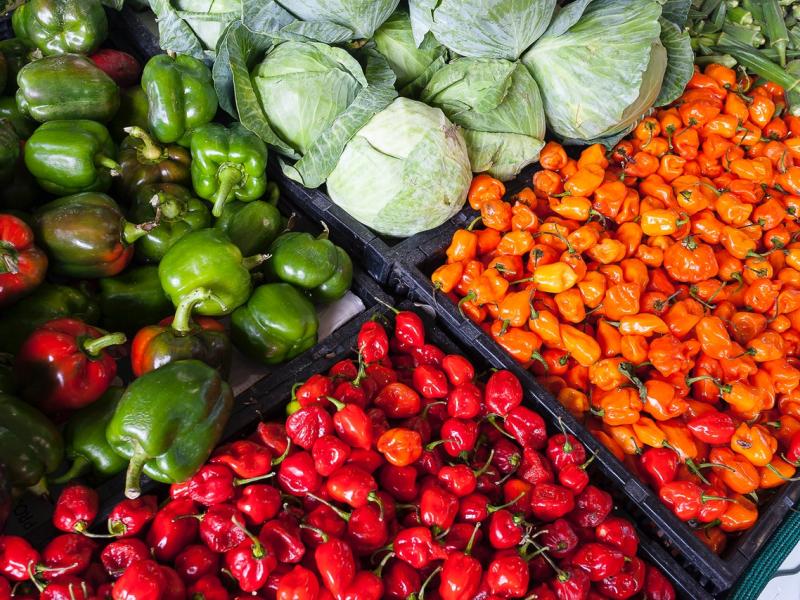Reusable crates and backhauling

Description of the innovative solution
Reusable crates for food distribution eliminates massive amounts of waste. Currently, food and other items are shipped in packaging that is expected to be thrown away/recycled after it has reached its final destination. Using reusable crates that flow back and forth between supplier and distributor will cut down majorly on storage waste by products. Backhauling, the process of sending equipment back to its source after it has reached its desired location, creates a closed loop system for storage. This way the crates and bins used can be more durable and have a longer lifespan. By implementing...
Reusable crates for food distribution eliminates massive amounts of waste. Currently, food and other items are shipped in packaging that is expected to be thrown away/recycled after it has reached its final destination. Using reusable crates that flow back and forth between supplier and distributor will cut down majorly on storage waste by products. Backhauling, the process of sending equipment back to its source after it has reached its desired location, creates a closed loop system for storage. This way the crates and bins used can be more durable and have a longer lifespan. By implementing reusable crates through the system of backhauling an incredible amount of unnecessary waste can be averted.
Examples and additional resources
Real-world examples
See this solution in action in different contexts and settings around the world
Reusable transpack company for agriculture
Additional resources
Learn more about this solution through studies, articles, business cases, and other information
Reducing corrugated cardboard waste
A review of reusable crates to encourage policy to mandate them
Contacts
Connect to others working on and with this solution around the world
Pathways to uptake
Engage with our “backcasting tool” to imagine and design “pathways to uptake” for this solution in your setting.
This process involves defining a future vision of this solution being used in your context, and then working “backwards” to identify necessary steps to achieve this vision by 2030. Going through this exercise as an individual or with a team can help to clarify the WHAT/WHEN/HOW of moving a solution (or package of solutions) towards having major impact. We hope these pathways will inspire outside-of-the-box thinking, creative approaches, and actionable concrete steps to move ideas into action.
Pathway builder
Explore pathways for this solution
Be the first one and add a pathway for this solution!